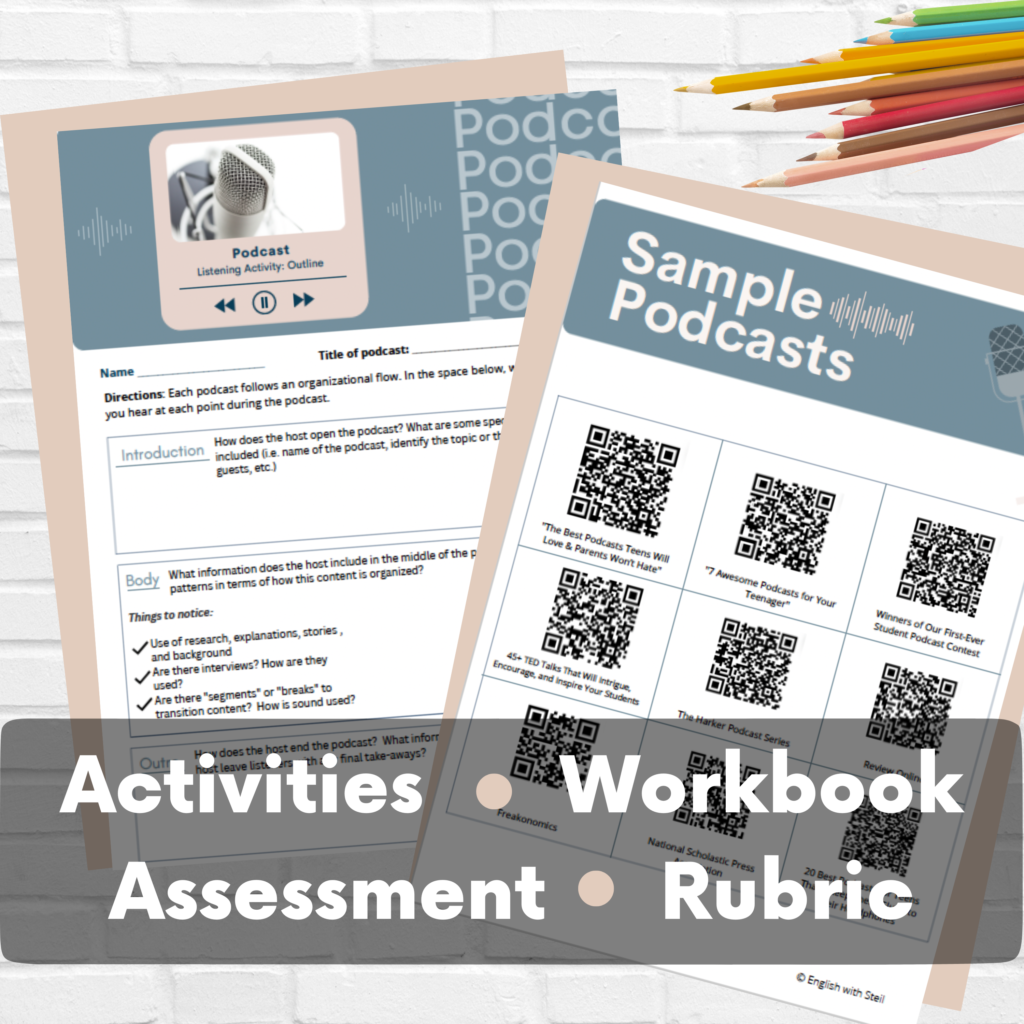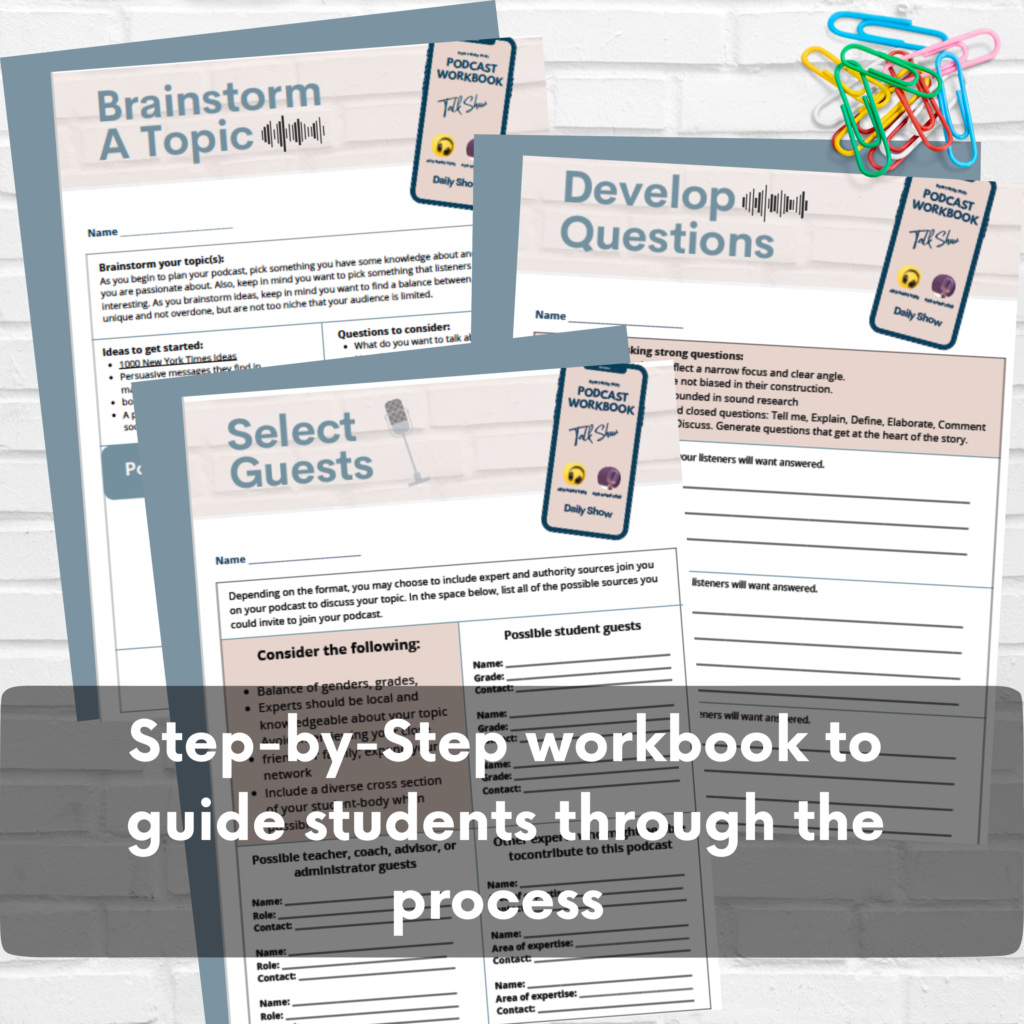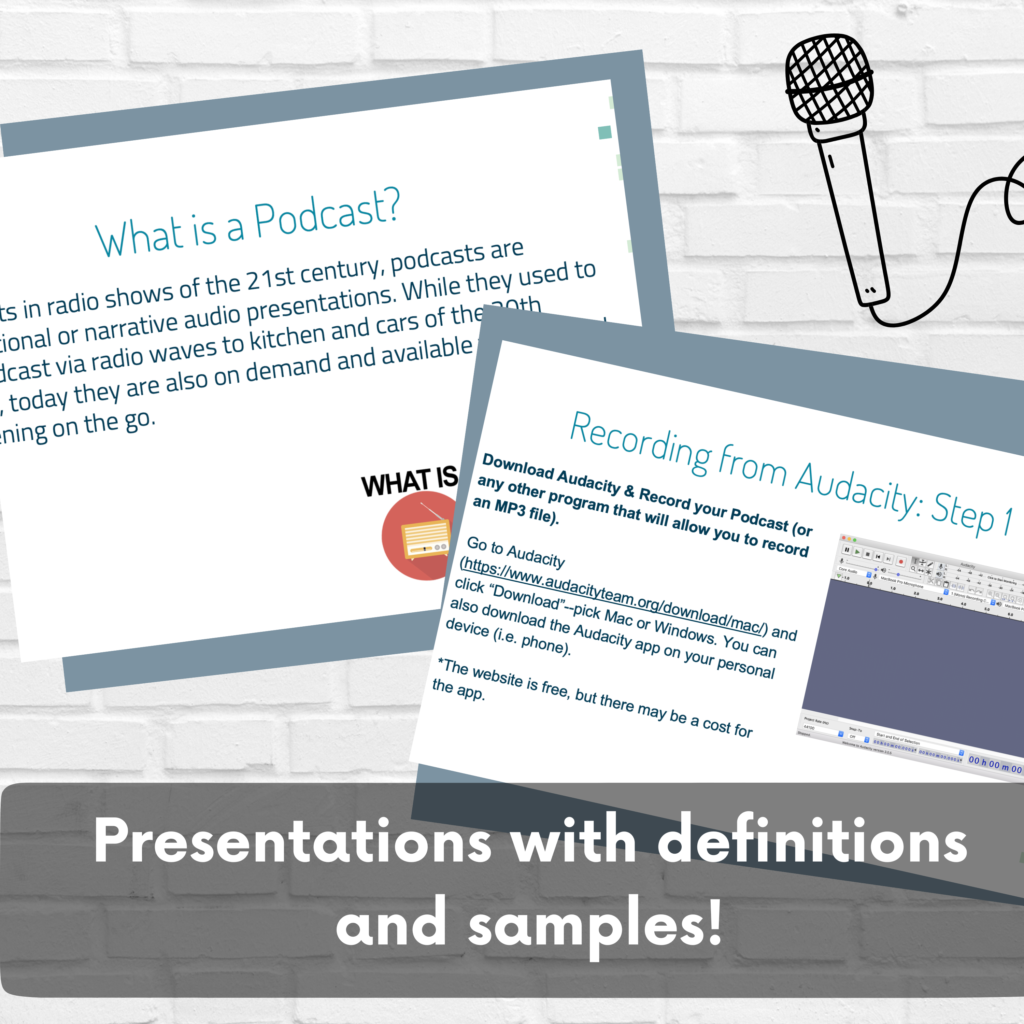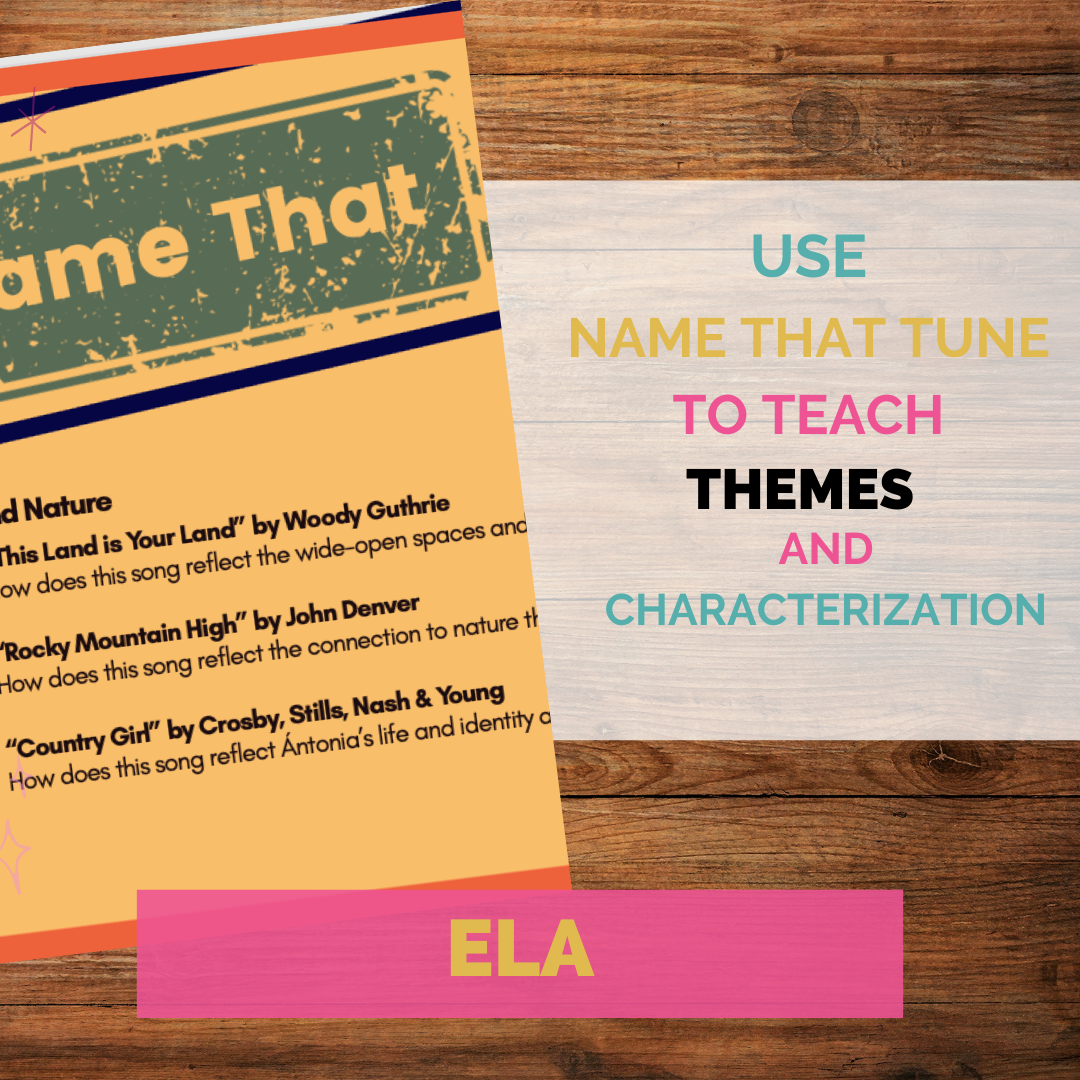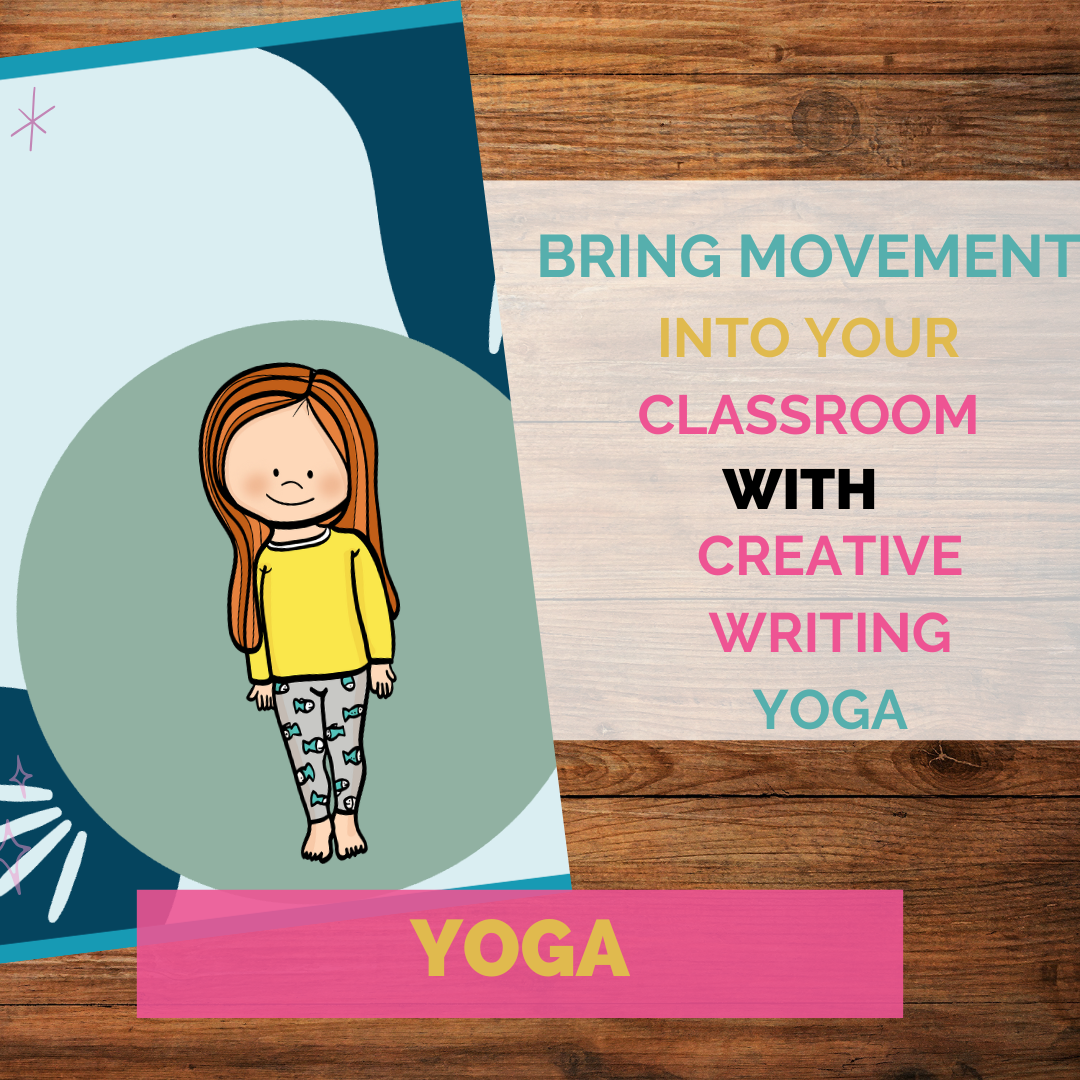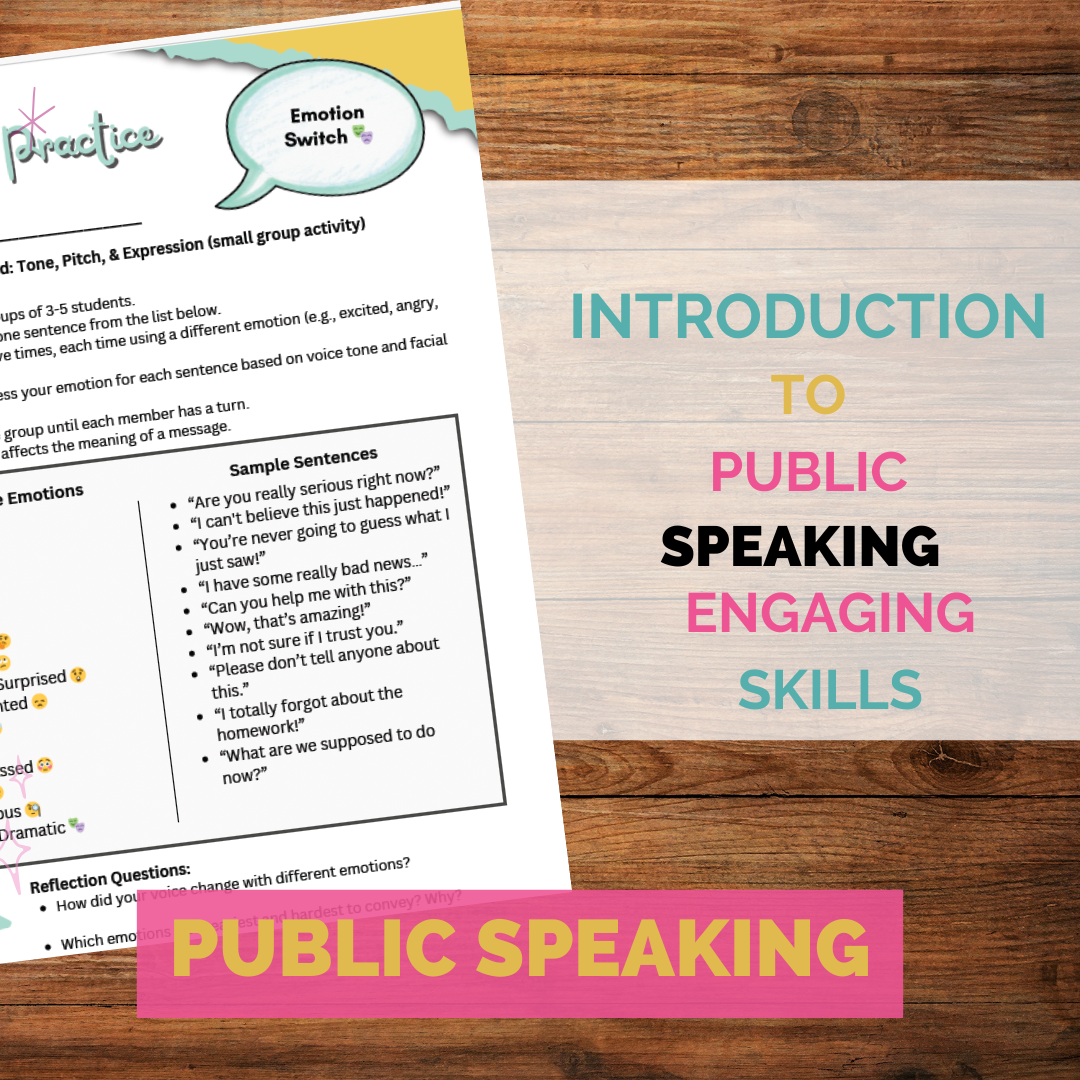Why Podcasting?
Podcasting is definitely one of the hottest new communication trends! As of 2022, there are over 2 million podcasts and 40 million episodes. According to Podcast Hosting, nearly 75% of American households are familiar with podcasting and among teenagers, this is one of their primary vehicles off entertainment.
Incorporating podcasting in your course is a fun way for students to practice a variety of multimedia skills: writing, researching, speaking, listening, and practicing audio editing. It also fosters team building and collaboration!
There are three primary forms of podcasting: narrative storytelling, journalist and expository, and talk show or Friday. For my Journalism course, I focus primarily on a journalistic podcast, and in my literature courses I focus on storytelling.
In an age where digital content reigns supreme, podcasts have emerged as a dynamic medium for storytelling, education, and entertainment. Encouraging your students to create their own podcasts not only nurtures their creativity but also hones their communication skills and confidence. Whether you are a podcasting novice or a seasoned pro, this guide will help you teach your students how to produce podcasts that captivate and engage listeners.
Creating the Podcast
Select a topic: Before my students get too far into their planning, encourage them to think about their intended audience and their niche. There are so many podcasts on really common topics, so I encourage them to think about how they can differentiate themselves with something just slightly unique. Encourage them to pick something they passionate about!
Research:
One students have some direction for a topic, I encourage them to spend some time researching. It’s important for students to be able to actually contribute something new or of substance. The podcast should provide new information or a new perspective on an issue. Students should have some insight and be able to contribute something to their audience. Encourage students to think about three main goals when they’re researching the content:
- Raising awareness
- Educate
- Entertain
Order and Format:
One students have direction, students need to think about the order and presentation of the content and the format in which they want to present it to their audience. They should also consider additional elements like music, sound effects and cover art.
Other questions students should consider is the overall format:
- Are they a single host or do they want to a co-host?
- Will they interview anyone?
- Will there be any summary or recap of a previous show?
- Are they allowing for commentary and opinion?
- Or are they offering narration of an entertaining story?
Recording:
In terms of recording, there are two common platforms that most students are family with. One is using Audacity to record their episode and they can then share it on some type of RSS platform. Audacity is free and works on both Apple and Windows.
Another opportunity although not free, is she use SoundCloud. Our newspaper publication has purchased a year-long subscription to SoundCloud using our educator discount. This allows all of our episodes to stay together and be put in categories for easy finding.
GarageBand is another option for recording software and is available from Apple computers.
Another fee-based program is Hindenburg, it does allow for a 30 day trial to test it out before you purchase.
10 Tips for Creating a Great Podcast
1. Define Your Niche and Audience
Before hitting the record button, take the time to identify your podcast’s niche and target audience. A well-defined niche helps your podcast stand out in a crowded field, while a clear understanding of your audience ensures your content resonates with the people you want to reach. Consider questions like: Who are your ideal listeners? What interests or problems do they have? What unique perspective can you offer? By zeroing in on your niche, you can create focused, relevant content that keeps your audience coming back for more.
2. Plan Your Content Thoroughly
Successful podcasts are built on thoughtful planning. Create an editorial calendar or episode outline to map out topics, guest appearances, and key talking points in advance. A well-structured plan helps maintain consistency and ensures that your episodes are cohesive and engaging. Don’t just wing it; even casual, conversational podcasts benefit from a clear direction. Planning also allows you to incorporate elements like storytelling, interviews, or call-to-action moments strategically.
3. Invest in Quality Equipment
Audio quality is crucial for a professional podcast. Invest in a good microphone, headphones, and recording software to ensure your sound is clear and polished. Background noise, echo, or poor audio can turn off listeners, no matter how great your content is. You don’t need the most expensive equipment to start, but ensure your setup meets a baseline standard for quality. Additionally, consider using a pop filter to reduce plosive sounds and recording in a quiet, echo-free space for optimal results.
4. Create a Strong Intro and Outro
First impressions matter, and your podcast intro sets the tone for your show. Craft a compelling, concise introduction that captures the essence of your podcast and hooks listeners within the first few seconds. Similarly, your outro is an opportunity to leave a lasting impression. Use it to summarize key points, thank your audience, and include a clear call-to-action, such as subscribing, leaving a review, or visiting your website. A strong intro and outro make your podcast feel professional and cohesive.
5. Develop Your Unique Voice
Your podcast’s personality is what makes it memorable. Focus on developing a unique voice and style that reflects your brand and resonates with your audience. Whether your tone is humorous, educational, or heartfelt, authenticity is key. Listeners connect with podcasters who are genuine and relatable, so don’t try to emulate someone else’s style. Instead, embrace what makes your perspective and delivery unique.
6. Engage Your Audience
Successful podcasts foster a sense of community with their audience. Encourage listener interaction by responding to comments, emails, or social media messages. Include shoutouts or listener questions in your episodes to make your audience feel valued and involved. Additionally, consider creating a dedicated social media presence or forum for your podcast to keep the conversation going between episodes.
7. Edit for Clarity and Flow
Editing is where your podcast truly comes to life. Take the time to trim unnecessary pauses, background noise, or rambling to create a polished final product. Use editing software to enhance audio quality, balance sound levels, and add transitions or background music. Well-edited episodes keep listeners engaged and ensure your content flows smoothly from start to finish.
8. Be Consistent with Your Schedule
Consistency builds trust and loyalty among your listeners. Whether you release episodes weekly, bi-weekly, or monthly, stick to a regular schedule so your audience knows when to expect new content. Consistency also helps you build momentum and establish a dedicated following over time. Use scheduling tools to plan and automate your episode releases if needed.
9. Promote Your Podcast Effectively
Creating great content is only half the battle; promoting your podcast is equally important. Use social media platforms, email newsletters, and collaborations with other podcasters to reach a broader audience. Optimize your podcast’s metadata with relevant keywords to improve discoverability on platforms like Apple Podcasts and Spotify. Don’t forget to ask your listeners to share episodes they enjoy with their networks.
10. Continuously Improve
Podcasting is a learning process, and there’s always room for growth. Regularly seek feedback from your audience to understand what’s working and what can be improved. Stay up-to-date with industry trends and new technologies to keep your podcast fresh and relevant. Experiment with new formats, guests, or segments to keep your content exciting and engaging. By committing to continuous improvement, you’ll ensure your podcast evolves and thrives over time.
Check out some of my favorite podcasts to inspire your teaching and your students!
- Rubiconline
- KQED: Period Poverty: Raising Awareness About An Overlooked Global Issue
- KQED: From Harmful Dieting to Embracing ‘Body Positivity’
- KQED: Cooking with Kenny: How I Got Passionate About Making Food
- Modern Love “R We D8ting? | With Krysten Ritter” (Segment: 1:00 – 3:16)
- The Daily “The Right to Bear Arms” (Segment: 0:00 – 2:36)
- Harer Aquila
- Still Processing “Take a Knee if You Agree” (Segment: 4:40-9:00)
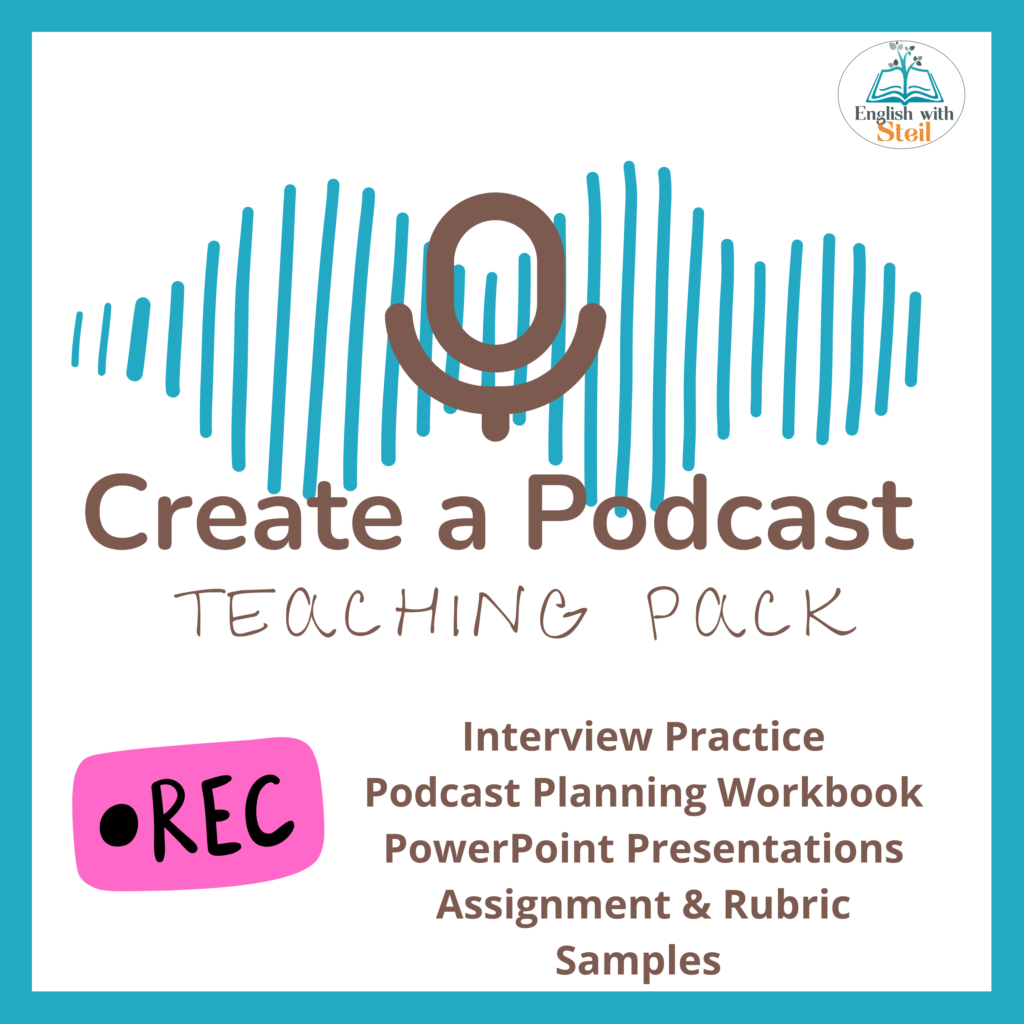
Publishing and Promoting
Once the podcast episodes are recorded and edited, guide your students through the process of publishing and promoting their work. Discuss different podcast hosting platforms and how to upload their episodes. Explain the importance of creating attractive cover art and writing engaging episode descriptions.
Activity: Launch Planning
Help your students develop a launch plan for their podcast. This can include creating social media accounts, designing promotional materials, and planning a launch event to showcase their work. Encourage them to think about their target audience and how to reach them effectively.
6. Receiving Feedback and Improving
Encourage your students to seek feedback on their podcasts and use it to improve future episodes. Constructive feedback is crucial for growth and development. Create opportunities for peer review and discussions to help students learn from each other.
Activity: Podcast Feedback Circle
Organize a feedback circle where students listen to each other’s podcasts and provide constructive comments. Focus on positive feedback and actionable suggestions for improvement. This collaborative environment fosters a sense of community and mutual support.
Conclusion
Teaching your students how to create podcasts is an enriching experience that blends creativity, technical skills, and effective communication. By guiding them through the process of topic selection, scripting, recording, and promotion, you are equipping them with valuable skills that extend beyond the classroom. Plus, the thrill of creating something that can be shared with the world is a powerful motivator.
Dive into the world of podcasting with your students and watch as they produce content that truly wows listeners!
Extend Your Learning!


